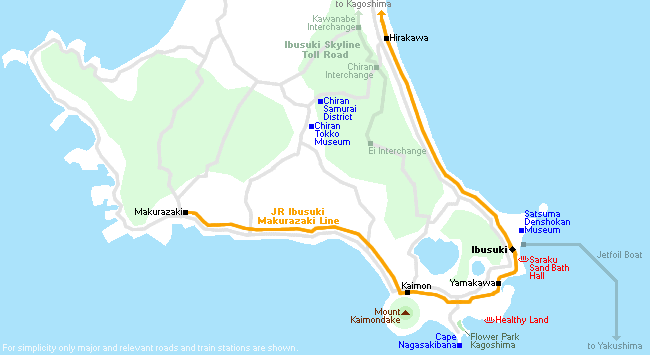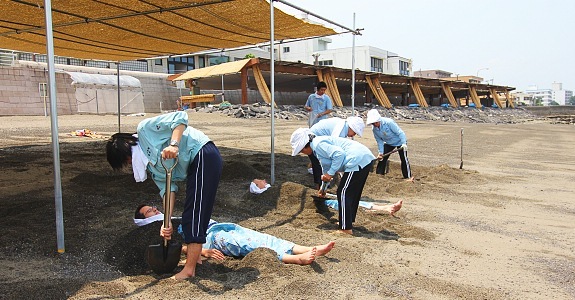Japan has plenty of places dubbed "cat cafes". Customers pay for drinks and snacks, but stay to hang around and play with the cafe's resident friendly felines. Most apartments in the heavily residential areas don't allow pets, so this is a way for people to get some animal contact without owning a pet themselves. Cat cafes sound cute and fun, but Kristin and I were in the mood for something a little more... adventurous. After a little bit of research, we found Cafe Little Zoo.
Cats are a little commonplace, so Cafe Little Zoo has an exciting array of more rare pets. They've got plenty of birds of prey, varying from falcons, hawks, eagles, and especially owls. There is also a good selection of reptiles, like snakes, lizards, turtles, and tortoises.
Apart from the larger birds of prey, pretty much any of the animals can be touched. There is a line-up on the patio with the bigger owls, while the smaller owls are kept on a post indoors. We had plenty of up-close-and-personal time with the birds, even though one of the horned owls got a bit nippy.
The snakes are fair game too. The shop-tenders pulled some of them out of their pens and handed them out to the few customers in the store. We started out with an adorable puppy-faced python, and then traded with the other customers for a red corn snake. This guy particularly liked the darkness of my sleeve and wormed its way up. I had to take off many layers to fish him back out.
The more aquatic animals, like their gigantic spiny turtle and tiny salamanders, are best left in their cages, but we still managed to get a good look at them. The other larger birds of prey, like the red-tailed hawk and crown eagle, cannot be touched by customers for obvious reasons, but we were able to see them being fed tiny quail carcasses. It was awe-inspiring, watching the giant noisy bird right in front of us tear into the meat, thrashing flesh about and snapping through the little bones with ease.
Like most animal cafes, the snacks are rather small and expensive, but worth it for the experience. My only real complaint about the cafe is that the handlers tend to light up their cigs right there in the store, so it's not particularly non-smoker friendly. We spent about 2 hours here playing with the animals before heading back towards Tokyo to get an actual dinner.
Speaking of actual dinners, we ate at a vegetarian Indian restaurant called Vege Herb Saga. The menu was extensive, and I had no idea what half the stuff was. Nonetheless, the food was amazing and the staff were nice enough to offer us some milk tea and sit down to have a chat (even though most of them don't really speak Japanese nor English). After getting stuffed up with masala dosa, something-or-other curry, chapati, and chutney, we boarded our night bus and ended our fun second winter vacation in Japan.



